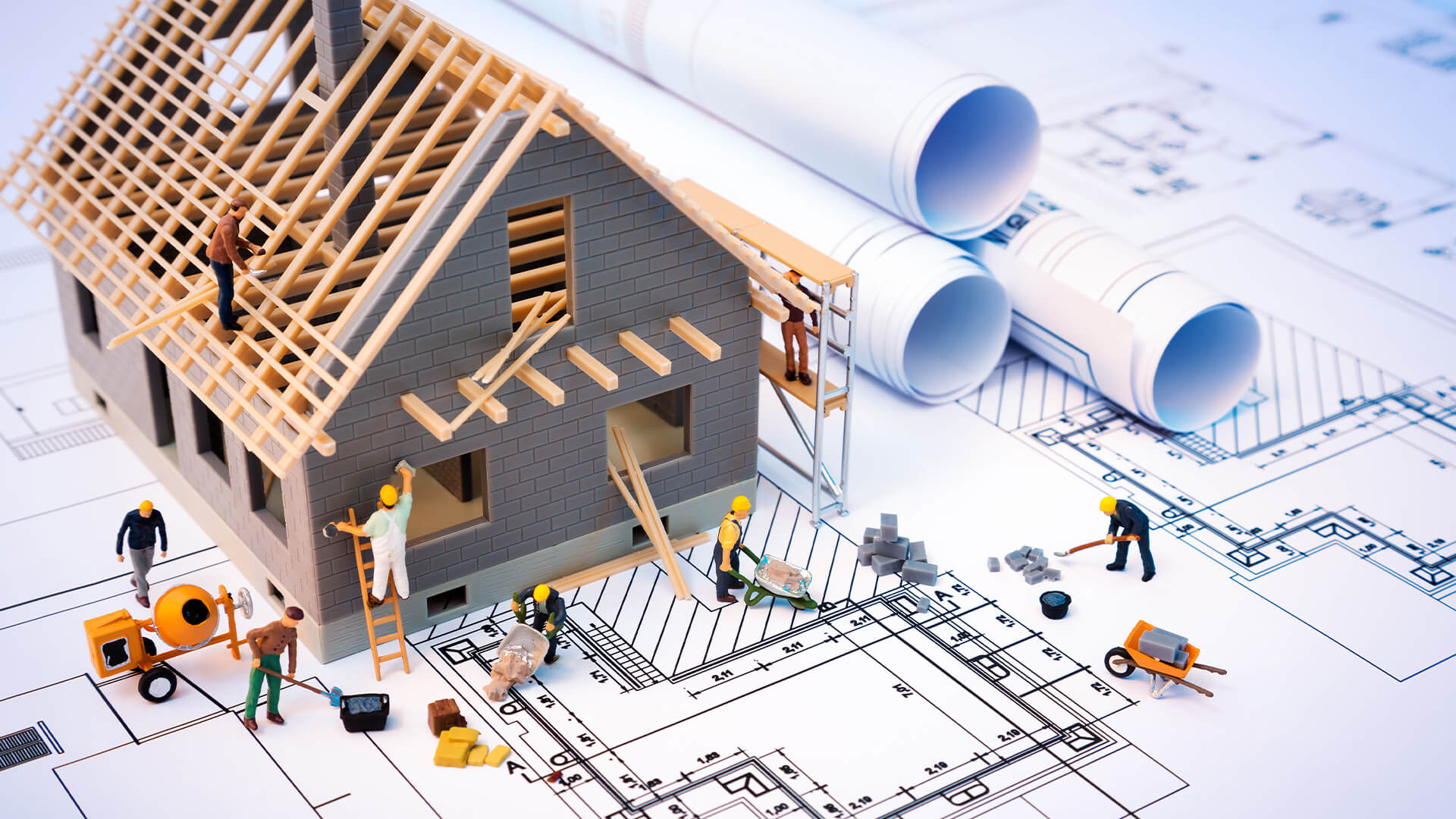A guide to construction safety for homebuilders
By Chris Pendrey, SHEQ Manager at Actavo Direct
The UK government recently introduced changes to make self-builds more accessible, including reduced stamp duty and a home building fund. The plan is to increase new-build homes by 35 percent.
With more people realising the benefits of self-build homes in affordability and customisation, we discuss how to stay safe while managing your project…
Playing fast and loose
Despite recent changes meaning all construction projects must now have a ‘principal contractor’ – including self-builds – many home builders still don’t focus on health and safety.
Self-builders who dip into projects as-and-when often work in normal clothing, putting themselves in danger. For example, a loose-fitting t-shirt can catch on powerful construction equipment, plus jewellery like watches and bracelets can also get caught on tools.
Remove all accessories before dealing with any equipment and keep clothes tight-fitting or tucked in to avoid injury.
Manage working conditions
If you’re spending long days on site, make sure you’ve got access to toilet and hot water facilities. Dust and dirt can build up on construction sites and if you don’t clean your hands regularly, particularly before touching food, germs and bacteria can make you ill. If your home bathroom isn’t built yet, this may mean hiring a portaloo and making sure there’s a clean water supply.
Regularly vacuum dusty areas and even invest in a dust mask if you’re spending long periods in highly concentrated areas.
Plus, if you need to work through the winter, make sure to wear thermal underlayers and boots with proper grip. In windy and wet conditions, try to work with a partner who can watch over you and if weather conditions become too extreme, pack up for the day and wait for it to pass.
Visitor pass
Home construction shouldn’t be treated any differently to a normal construction site – especially when it comes to visitors’ health.
Don’t let anyone enter the site of your home without proper protective gear and ensure to brief them on any potential risks if they need to walk through or access the site. Keep hard hats to hand and additional kit like hi-vis jackets and steel-toed boots should be worn by anyone who wants to take a look around.
Be aware of potential hazards, like objects falling or left lying around which could cause an incident. Attach netting above head height to catch any objects or loose materials that could fall and keep a checklist of all tools used and make sure they’re accounted for and kept in a safe place before you leave each day.
Eyes and ears
Vision and hearing damage are among the most common construction injuries, but people tend not to notice as the symptoms gradually increase over time.
Noises over 120 decibels can cause hearing damage and a standard power drill is likely to produce up to 130 decibels. Long days of drilling are tough on your ears so invest in protective headphones to block out noise. 85 decibels is the threshold to wear hearing protection.
Also, be aware basic work like sanding, cutting and dry sweeping can produce high concentrations of dust, which can cause breathing problems if inhaled. If you’re going to be working in particularly dusty areas for hours at a time, get a pair of goggles to protect your eyes.
Take your time
Research shows 92 percent of incidents are a result of workers not taking the time to do tasks properly.
Rushing construction is dangerous, but when working on your home project, the temptation can often be to get things done as quickly as possible.
Skipping steps in health and safety will cost you in the long run in sub-standard buildings and missed work through injury. If you’re short for time, prioritise important tasks and bring in additional help for repetitive or time-consuming tasks, rather than cutting corners.






























